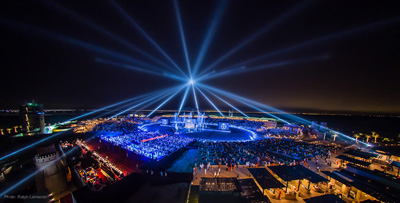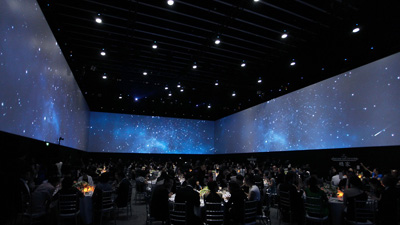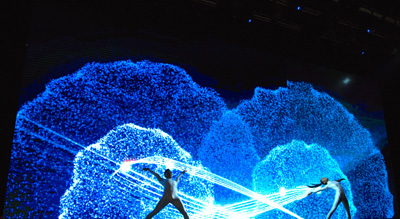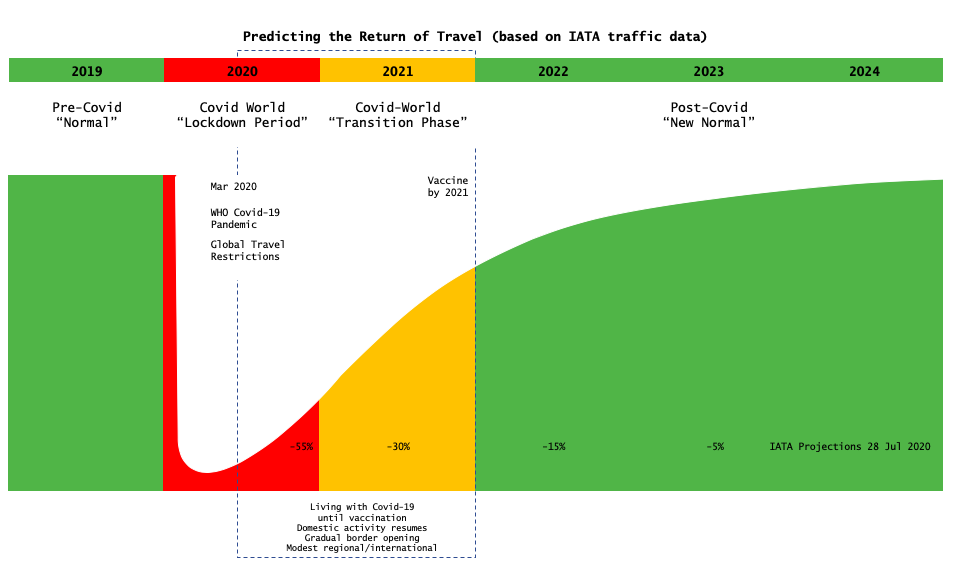Live Communication has changed ever so drastically in recent years. With new technologies constantly emerging in the event industry, advertising and other traditional marketing methods are no longer sufficient in the current digital age. How live experiences become a holistic extension of the brand’s marketing initiatives is a critical element for next-gen marketing. From life-size interactive exhibitions that showcase new products to small-scale installations, Live Communication is a fundamental channel to tell a story and engage audiences at a much higher participation rate.

We champion the idea of “Experiential 2.0” where the physical and digital worlds are converging to create a new landscape for brand marketers and entertainers. Experiential Marketing has taken on a whole new meaning as a result, in which it is best encapsulated with the following formula: “Architecture + Content + Technology = Experience.” We maintain that the key three trends in the industry include the importance of content, the critical element of audience interaction and the need to engage people on a very personalised level.
The purpose of Live Communications is to create an experience that connects the brand and customer in an engaging way, and technology is an essential platform used to help achieve this. Every brand has its own story to tell, and how we tell the story lies in the tools we use. The term “live” in Live Communication is unified with technology and thus inseparable. In order to tell a compelling story that fully engages the audience, creativity and technology must work hand in hand to create larger than life experiences that connect the audience on an emotional level, creating not only a stunning appeal, but also a sensational experience for all.

A 360-degree projection at a Shanghai International Film Festival banquet
Examples of technologies frequently used in the events industry is projection mapping which is used to turn objects into different display surfaces, allowing brands to tell a whole new type of story. Immersing the guests into worlds that change and evolve in front of you is an impactful means to engage the audience at the highest level. Another technology being used is the Gesture-based control systems where performers control the content on large screens through their movements. Uniplan has used this to produce awe-inspiring performances combining interactive live visuals, dance movements and sound to create a compelling and unified experience that leave guests with a lasting impression.

Dancers interact with gesture-based controls system effects at the Longines International Races Gala Dinner in Hong Kong
Ultimately, the goal with every project should be to create an experience that is so sensational and powerful it will imprint a lasting impression upon all those present, and this can be done by utilising innovative technologies that have become critical to creating new experiences and telling stories in creative ways. The venue environment needs to be engaging, smart in design and highly interactive; companies must now design for multi-screen environments, which would encompass not just brand strategy, storytelling, technology but also architecture, entertainment, software, design and moving images. In the fast-paced market, bombarded constantly with all facets of media, this is the most effective and comprehensive way forward for experiential marketers.
Darren Chuckry is executive director of client services for Uniplan – a live communications agency


